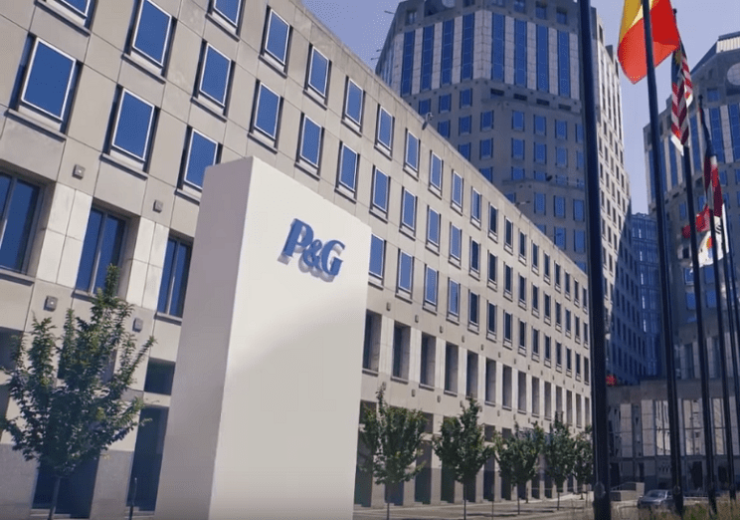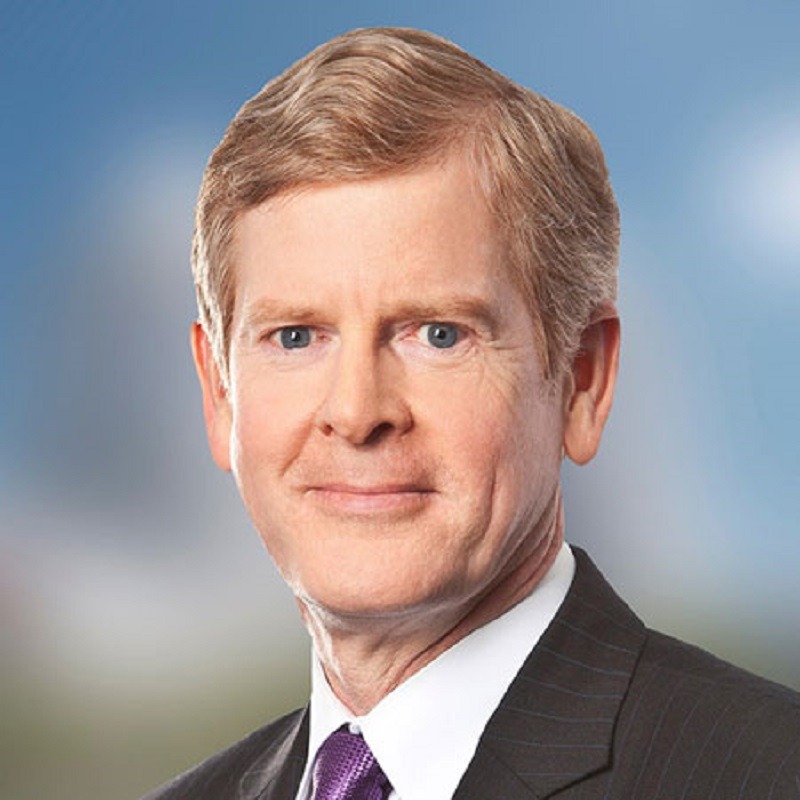Speaking to the Associated Press, P&G CEO David Taylor says consumers will see manufacturers working to use more recycled plastic in their products

P&G said in April that it will make all of its packaging recyclable or reusable by 2030 (Credit: P&G)
Procter & Gamble (P&G) will look for plastic alternatives to package some of its products, according to CEO David Taylor.
In April 2018, the company released its Ambition 2030 sustainability goals, with the firm aiming to make all of its packaging recyclable or reusable by 2030.
The firm also plans to halve the amount of virgin plastic it uses by the same year, achieving this through lightweighting and driving towards more concentrated product forms.
In a Q&A session with the Associated Press, Taylor said: “You will see manufacturers like us working to use more recycled plastic. You will see us look for alternatives to plastic.
“The biggest issue is not plastic, it’s when plastic gets into a river that goes into the ocean, degrades and gets into either the food supply or water supply.”
P&G is a member of The Alliance to End Plastic Waste — a $1bn five-year project designed to address how plastic waste is collected and processed.
Other businesses involved in the not-for-profit organisation include packaging firm Berry, waste management company Veolia and drinks manufacturer PepsiCo.
E-commerce market ‘growing faster than bricks and mortar’, says P&G CEO
In 2019, retail e-commerce sales amounted to $3.53tn worldwide, with revenues projected to reach $6.54tn by 2022.
This rise in revenue has turned online retailers such as Alibaba and Amazon into some of the biggest businesses in the world.
For Taylor and P&G, e-commerce firms such as these are seen as “valued customers”.

He added: “But so is Walmart, Target, Walgreens, Kroger, Costco and Sam’s Club.
“We want to be agnostic to where consumers want to shop. Our e-commerce business is passing $5bn and grew 25% last year.
“It’s a big part of our business. But in the context of our total company, it’s just under 10% of our sales.”
Taylor does, however, see this changing over the next few years.
He said: “E-commerce is growing faster than bricks and mortar.”
P&G looking to develop products for the ageing population
As part of its range of products for ageing populations, P&G built a razor designed to be used by caregivers.
Launched in 2017, the company said the Gillette Treo razor could be used by adults who care for elderly parents, and by staff who tend to people in retirement or nursing homes.

Taylor — who was appointed P&G’s CEO in 2015 — said the move is part of its efforts to broaden the audience it serves.
He added: “The ageing population is a huge, and in many ways, underserved group.
“It can be everything from how easy it is to read the package, how easy it is to open the package, or the design of the formula to appeal to the specific issues that you may have.”
